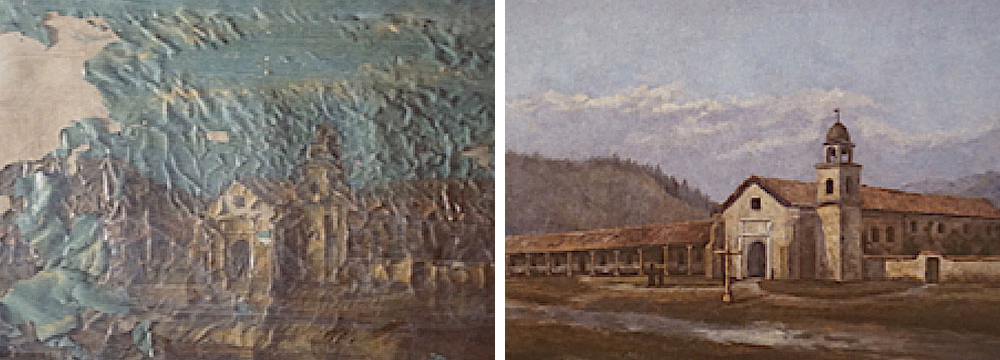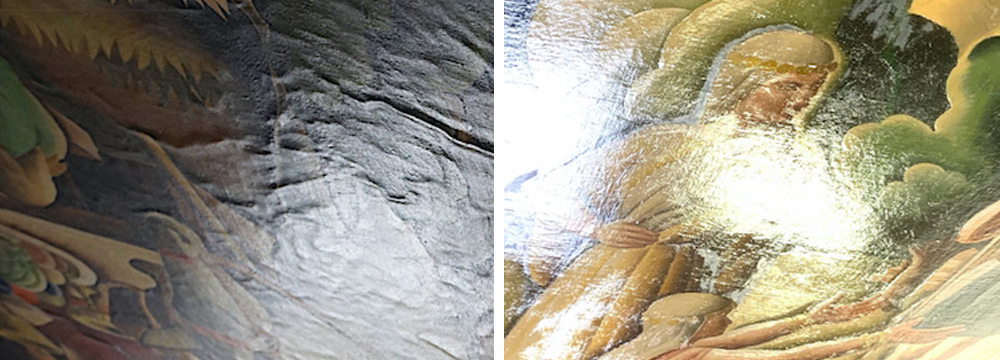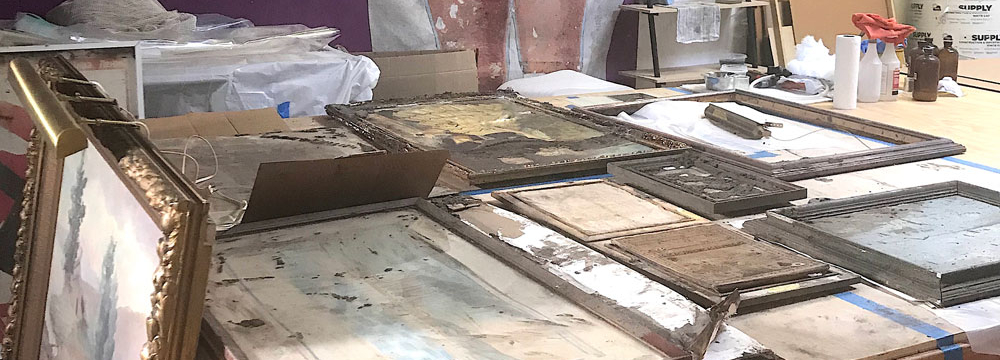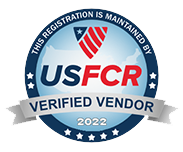Has the rainy weather in the Santa Barbara and Los Angeles areas left you with water damage on paintings? Do you see signs of mold, flaking, blistering, discoloration, or warping on your artwork? Don’t fret! This article is for you.
Rainy weather might be great for the environment, but it unfortunately might put artworks at risk. Understanding how to spot and prevent water damage on paintings and other artworks is crucial for art collectors. Water damage on paintings is often subtle, and early detection is the key to preserving your valuable pieces. Here’s a guide to help you navigate the potential risks, protect your art, and engage with art conservation professionals.
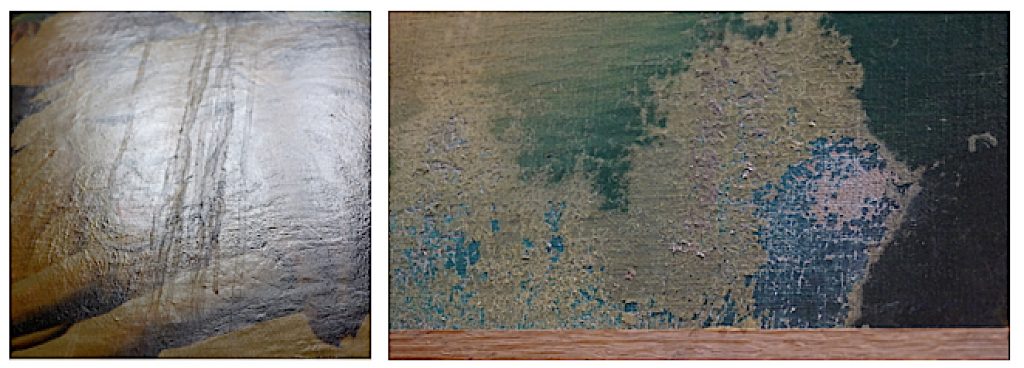
Here’s an example of water damage on paintings: stains, vast areas of fogged or bloomed varnish and crystallization of varnish resin.
Spotting Water Damage:
Water damage to paintings can manifest in various ways, from discoloration and warping to mold growth. Keep a keen eye on any changes in the paint surface, such as flaking or blistering, as these may indicate exposure to moisture. Discoloration, often appearing as yellow or brown stains, is another sign of water damage. Check the back of the artwork for signs of mold, which thrives in damp conditions. If you notice any of these signs, it’s time to take action and consult with an art conservation professional.
Preventing Water Damage:
Prevention starts with proper storage and display. Ensure your artworks are not in direct contact with walls, and keep them away from windows and doors where water can seep in. Since the Los Angeles, Santa Barbara, and other areas in Souther California are receiving a lot of rain recently, it’s important to maintain stable humidity levels in your art storage space, as fluctuations can contribute to water damage. During rainy seasons, consider using dehumidifiers and inspecting your storage area for leaks. Regularly check the condition of your roof and windows to prevent water intrusion.
Engaging with Art Conservation Professionals:
If you suspect that you have water damage on paintings or other artworks, consult with an art conservation professional promptly. Keep in mind that every art conservation/ restoration project is different, so an expert is needed to determine the appropriate treatments for your artwork. They have the expertise to assess the extent of the damage and recommend appropriate restoration measures. When reaching out to a conservator, provide detailed information about the artwork, including its dimensions, history, current condition, and any noticeable changes. Clear communication ensures the conservator understands the unique needs of your artwork.
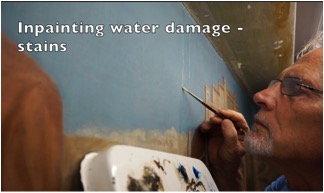
Professional art conservators have the expertise to mitigate the effects of water damage on paintings and other artworks
Tip Summary:
- Water Damage Identification: Learn to recognize signs of water damage on paintings like discoloration, warping, and mold growth.
- Preventive Measures: Protect your art by ensuring proper storage, stable humidity levels, and regular maintenance.
- Consulting Conservators: Engage with art conservation professionals promptly for expert assessment and restoration.
Has the water already gotten to your artwork? Fine Art Conservation Laboratories can help with your insurance claim!
Fine Art Conservation Laboratories’ 45 years of expertise in preserving and restoring art offers invaluable help and practical knowledge for helping people through the insurance claim process for damaged collectibles and art pieces. Our experienced team understands the complexities of insurance claims related to art, heirlooms, and antiques, providing reports that are properly prepared with information that the insurance company never puts in doubt. Fine Art Conservation Laboratories charges flat fees for this work, not a percentage of the claim settlement, and our expertise is honored nationwide. Let us help make the art, heirloom, and collectible part of the insurance claim process as seamless as possible and preserve your peace of mind. See this article for a couple short stories about art owners’ journey with insurance claim and fire/ water damage. Please call 805-564-3438 if you have questions or would like to schedule a consultation with our expert art conservators.
This blog post has been syndicated at ExpertClick.com. What does it mean that this article is “ syndicated”?
It’s a bit of a coup to get an article syndicated, and its certainly prestigious, as additional “proof” that the info and the author are considered far and wide authoritative and an expert in the field. So, enjoy and trust our content!! This article was syndicated for USA national redistribution.
When something is published, usually by a news source, and is made available through different venues for redistribution then it is said to be syndicated. Publications that are syndicated are usually considered of value as being from an expert, educational, new worthy or valuable for wide popular interest. See syndication page at the renowned publicity site: https://www.expertclick.com/NRWire/
This website’s syndication included:
1) Included in the ExpertClick Press Room as a ‘press release.’ (different than a ‘news release’)
2) Included in the ‘Speaker Bureau Platform Page.’
3) Shown on the front page of ExpertClick, in rotation with other most recent posts.
4) Shown in the ‘News Release Results page.’
5) Included on optimized for searches on all my topics of expertise.
6) Shown via RSS linked from the Press Room. (A specific way news is actively distributed within the industry)
7) Shown in the full RSS feed from ExpertClick. (Another, different specific way news is actively distributed within the industry)
8) Syndicated to LexisNexis.com As of 2006, the company had the world’s largest electronic database for legal and public-records related information, distributor of academic content and expert opinion.
This article has been syndicated at https://www.expertclick.com/NRWire/

